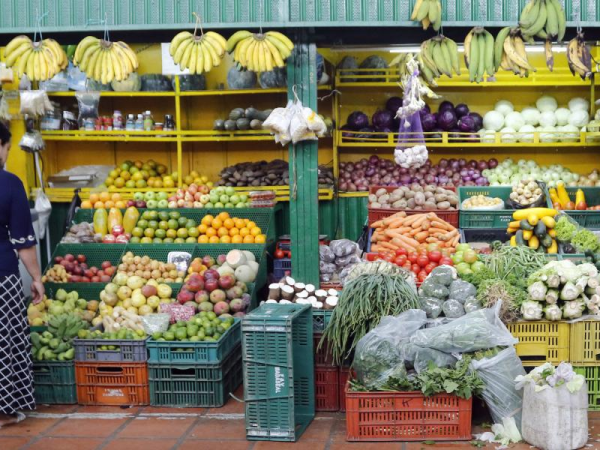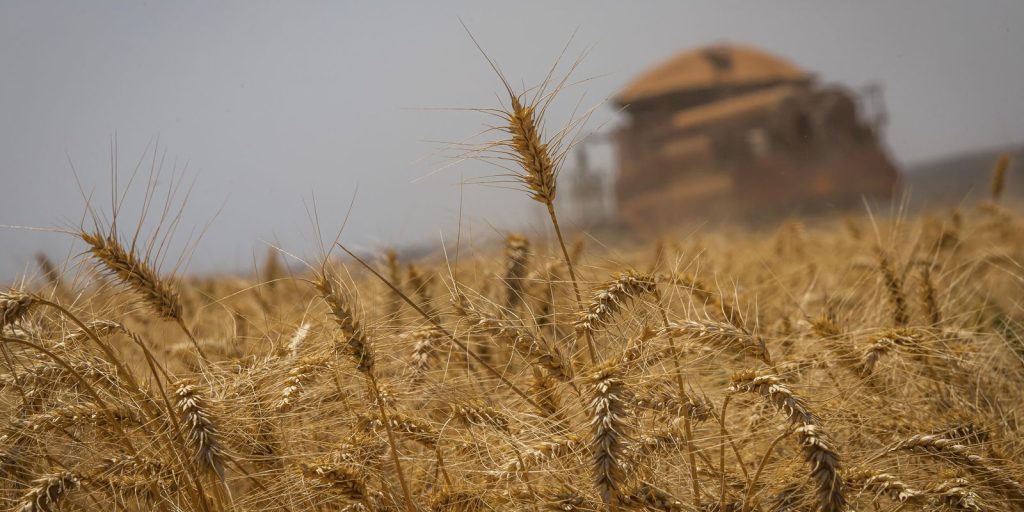The cost of living in Colombia ended the month of July with good news for the local economic outlook, since despite the strong pressures that continue to occur in some sectors, households in general experienced a decrease in the prices of goods and services, since the 7% barrier was finally broken downwards. while now the discussion focuses on the current challenges to reach the 5% target.
According to Dane, monthly inflation was 0.20% for the seventh month of the year, while the annual figure was 6.86%, close to the expectations of market analysts expressed in the survey by the Bank of the Republic (0.28%) and 32 basis points (bps) below the figure for the previous month, which at first glance is good news for households.
For reading: Ecopetrol’s abrupt ‘no’ to Oxy, a financial blow to its corporate governance
In a disaggregated review it must be said that the line dedicated to food The price of perishable goods remained almost unchanged compared to the previous month’s figure, with an annual variation of 5.26%. This result was explained by some upward pressures from perishable goods, whose annual variation increased to 10.5%, and processed goods, which reached an annual inflation of 4.4%. This makes it clear that although things are progressing well, it is not yet time to declare victory.
View by region
Another aspect worth looking at in these data, which are not generalized for the entire country, is the behavior of each of the regions, since while in some there are notable growths, in others it can be said that there is a phenomenon of deflation with which prices are not only growing less, but are also showing a decline in some indicators.
Inflation
iStock
Thus, the strongest annual variation, according to Dane reports, occurred in the cities of Riohacha (7.91%), Valledupar (7.81%), Sincelejo (7.5%), Bucaramanga (7.37%), Bucaramanga (7.37%) and Montería (7.20%); all above the national average. Meanwhile, the smallest increases They were in Villavicencio (5.42%), Neiva (5.79%), Popayan (5.81%), Ibague (5.89%) and Manizales (5.91%).
As regards the monthly variation, that is, only related to July, the figures reveal that Florencia (0.55%), Armenia (0.47%), Pasto (0.45%), Medellín (0.35%), Neiva (0.31%) and Riohacha (0.3%) were the cities with the highest variations, while the CPI fell in territories such as Santa Marta (-0.35%), Cartagena (-0.21%), Valledupar (-0.14%), Ibagué (-0.11%), Barranquilla (-0.03%) and Tunja (-0.02%).
More information: Income tax return: Dian deadlines begin this Monday. What should you know?
“In July 2024 the largest contributions to the annual variation in the twelve divisions of the Total CPI were recorded in the following subclasses: imputed rent with 0.99 percentage points, effective rent with 0.74 percentage points and meals in table service and self-service establishments with 0.64 percentage points. The subclasses with the lowest contributions were: new or used private vehicles with -0.19 percentage points, edible oils with -0.09 percentage points and bananas with -0.09 percentage points,” reported Dane.
One of the points to keep in mind with all this is that inflation is falling, but not at the expected rate and for this reason, there is great attention regarding the behavior that this indicator may have in the coming months, when it is expected that factors such as the rise in diesel prices, the rising food prices and new pressures from rent indexation are beginning to take effect.

















